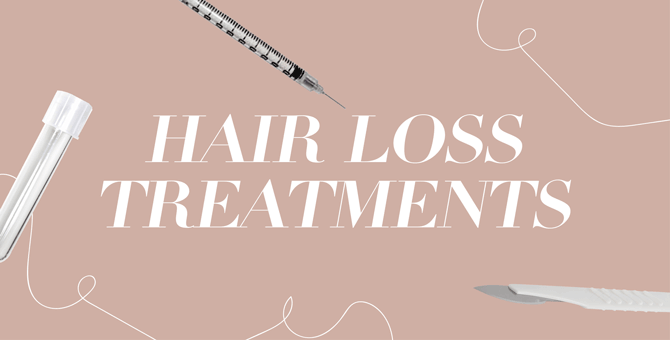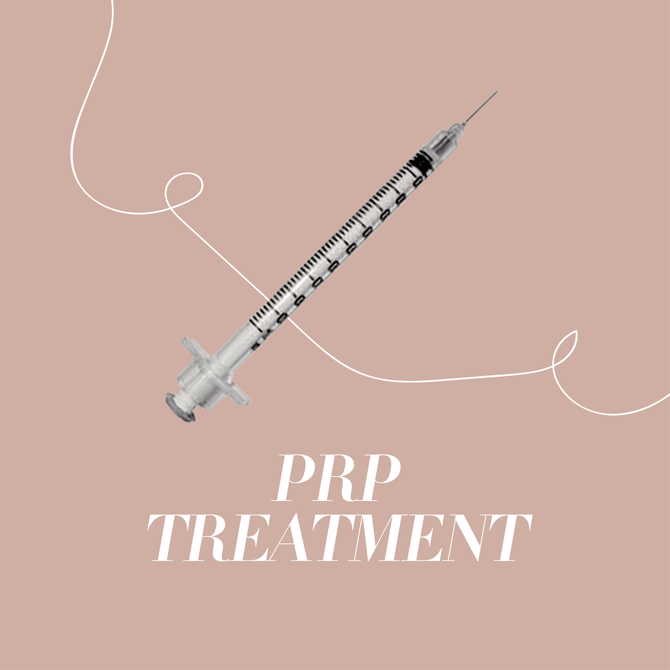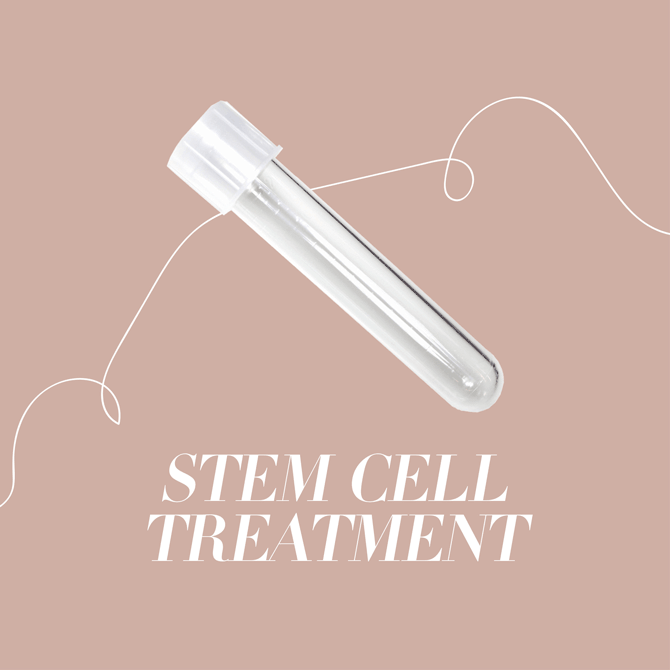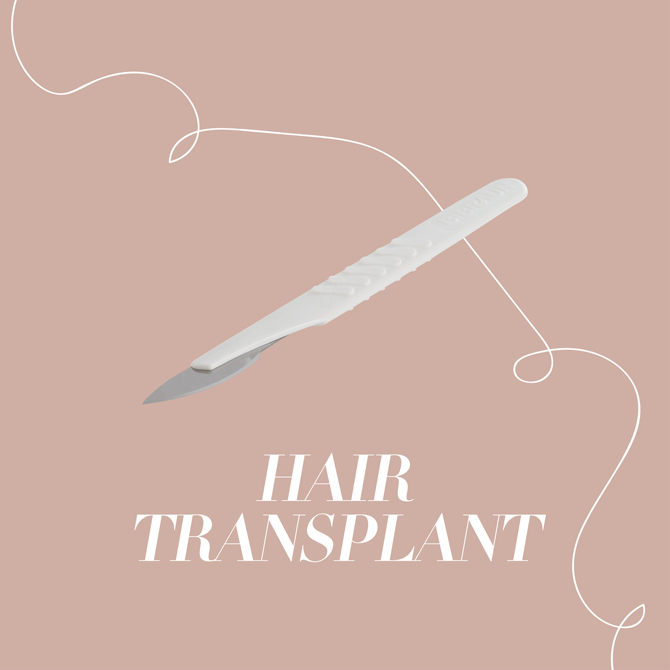How to treat every kind of hair loss, from PRP injections to stem cell treatments
Treat yourself

Losing your hair and looking for a solution? Here are seven hair loss treatment options you can explore.
Everyone loves a sequel—that’s why we’re back with yet another article to guide you through your hair loss. Previously, we tackled any and all of your hair loss questions with the help of Dr Lee Kim Siea, a Reconstructive Plastic and Cosmetic Specialist at the M Clinic in Penang. He explained everything from the causes of hair loss to how to prevent it (get answers to those questions here).
In case, however, you’re looking for a TL;DR version, here’s a quick infographic:
So, we covered the causes and the prevention methods, but nothing has been said about treatment… yet. Voila—that just happens to be what we’re talking about today—Dr Lee is back, and this time he’s giving us the low down on hair loss treatment options. From stem cells to transplants, here’s your plan B.
Topical treatments and increasing blood circulation

“The main thing about trying to stop hair loss is that it’s difficult to find a good method. There are hair tonics that you can apply to your hair but, unfortunately, they tend to generate more baby hair than proper hair. It’s not all bad—the fine hairs help to fill in some of the bald spots, at least.
“Increased blood flow to the scalp increases the nutrition supply for your hair, which means that your hair grows in healthier and stronger. There are some devices like soft lasers and infrared devices that help reduce hair loss by increasing blood flow to the scalp to keep your existing strands healthy, although they don’t really help to regrow the hair.
“Scalp massages do improve circulation—which means more food for your hair follicles—but one thing that you have to note is that it can cause a lot of traction injury too if you’re not gentle, which can speed up the hair loss process.”
PRP treatment

“You could also opt for PRP treatment—in this treatment, we inject platelet-rich plasma into the scalp. It has many growth factors and is a really well-known treatment to reduce hair loss.
“In PRP there are a lot of growth factors and vitamins, so it provides nutrition to the scalp and helps the hair grow stronger and thicker. Disclaimer: PRP doesn’t actually give you more hair, it just makes your hair look thicker because it thickens the diameter of the strand and makes the hair healthier.
“So, this is one of the treatments that we offer to help you maintain what you have for as long as possible. This isn’t a one-off kind of thing though, you need to come for treatments and maintenance for as long as you need.”
Stem cell treatment

“Recently, there has also been talk of stem-cell treatment—you can obtain stem cells one of two ways:
- Buy it from the lab
- Take your own body fat, digest it and extract the stem cells out
“This is a little expensive, and the thing is that we can’t actually be sure that we can grow hair from this. Like the PRP treatment, the hair definitely gets thicker and healthier-looking, but with regards to the density, it depends on the person. So, if a person finds that they start losing hair, it’s good to start on this kind of maintenance, to put off the inevitable for as long as possible.”
Hair transplant

“Really, the only medically proven technique to restore actual hair is a hair transplant. Normally, we’ll take a strip of hair on the back of the scalp, above the nape of the neck. This area typically experiences very minimal hair loss—it has something to do with advantageous hormonal distribution and less exposure to environmental stressors. So, this strip will typically contain quite a number of healthy hair follicles.
“We separate out each follicle one by one and then we plant it into the desired area—we’re looking at a thousand or so hair follicles planted each time.
“In a good treatment centre, you’re looking at 70-80% success. The hair that does stick behaves just like your normal hair Unfortunately, that means that hair transplants are not just a one-time procedure with no follow-up—they are subjected to the same environmental factors that caused the initial loss, which means you could lose all the transplanted hair if you don’t take care of it. So, for people that get the transplant, we encourage them to do the PRP or stem cell treatments so they can maintain what they have.”
This interview has been edited for clarity and length.
So, there you have it—all the ways you can keep your hair looking lush for as long as you possibly can. Do note, though—the key is to start treatments earlier than later, according to Dr Lee. It gives you a fighting chance at slowing the process down. Happy growing!
Find more beauty and hair stories like this here.
| SHARE THE STORY | |
| Explore More |



